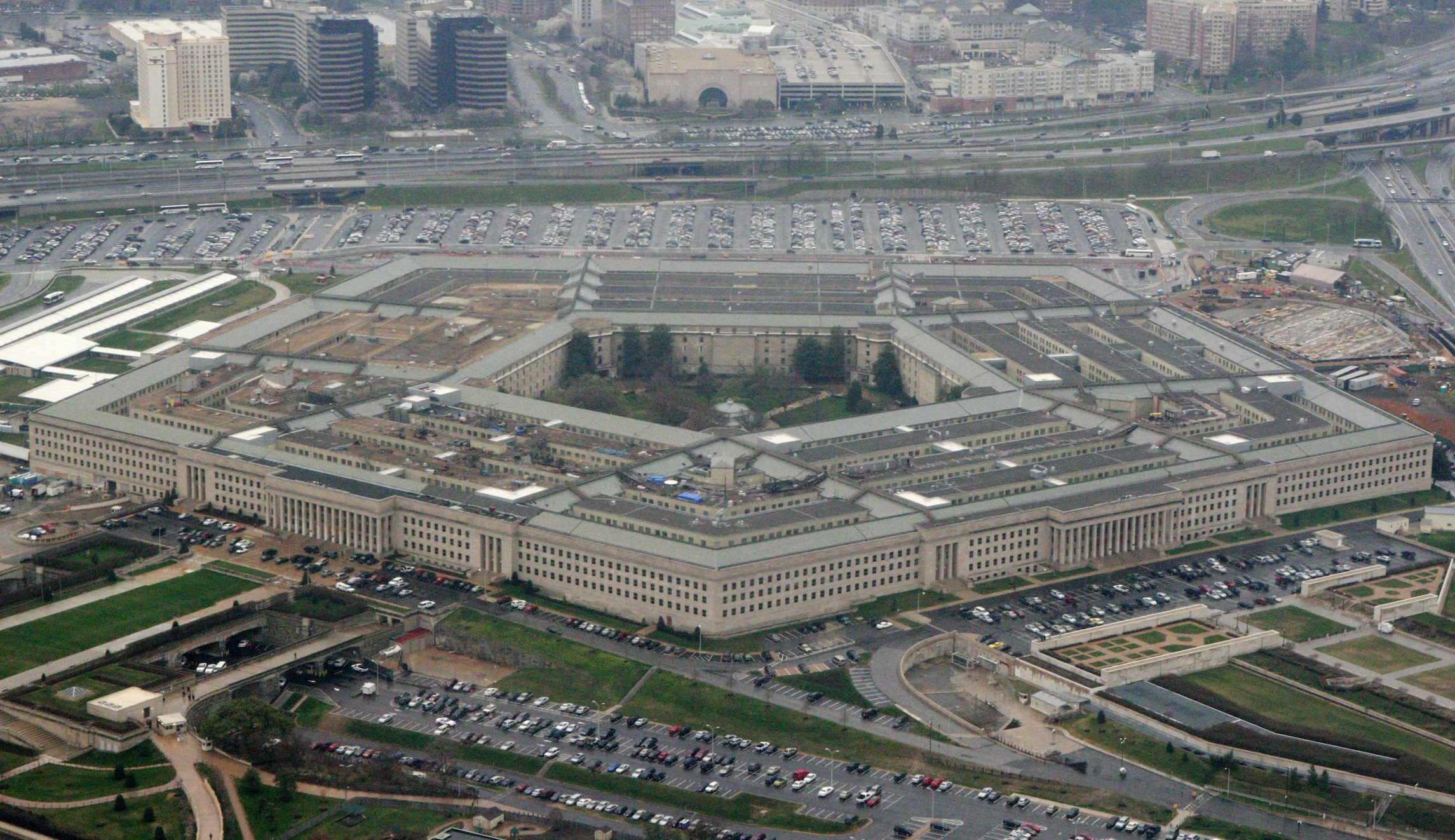

President Joe Biden talks a lot about the importance of U.S. global leadership. Sadly, Biden’s 2025 defense budget request shows he’s unwilling to put his money where his mouth is.
The president has rightly pledged to “defend every inch of NATO territory” in the event of a Russian attack on an alliance nation. Amid escalating harassment of Philippine vessels by the Chinese coast guard, Biden has rightly pledged that the U.S. treaty defense commitment to Manila is “ironclad.” The president has said four times that he would order a U.S. military defense of Taiwan were China to launch an attack on that island nation.
Put simply, Biden has made a lot of military commitments to reflect a world that is increasingly insecure. But this is just the start of the defense to-do list.
Israel remains at war. Iran continues to launch proxy attacks across the Middle East and has stockpiled enriched uranium that it could use to construct a nuclear weapon quickly. The Houthis have caused global trade chaos by strangling cargo routes through the Red Sea. The Pentagon says that the Islamic State in Afghanistan is rapidly advancing its capacity to launch attacks on the West. Russia is building nuclear weapons designed to destroy American satellite constellations in space. North Korea threatens new nuclear weapons tests and is improving its means of delivering those weapons against the U.S. homeland. And as with the recent state collapse in Haiti, global events often come fast and unexpected.
Military readiness is key to American security, but military readiness doesn’t simply require sensible strategy and varied capabilities. It requires a long-term investment.
And that begs a simple question. Namely, how on Earth does Biden believe his $850 billion 2025 defense budget request fits the global security bill?
Eight hundred and fifty billion dollars might sound like a lot of money, but it represents less than a 1% increase on 2024 defense spending. Inflation is currently running at 3.2%, so Biden’s defense request actually represents a real terms cut. This budget must also absorb a 4.5% Defense Department pay raise. These cuts might help Biden consolidate the support of left-wing Democrats disenchanted with him over Israel’s war against Hamas. Still, measured against global events, this budget constitutes clear strategic incompetence.
For just one example, consider that China is increasing defense spending by 7.2% in 2025 and likely investing at least double that figure in practice. In contrast, Biden’s inadequate defense budget necessitates major cuts.
Most stunning is the reduction of annual U.S. attack submarine orders from two boats to one. While the Pentagon says this is necessary due to endemic construction delays, a far better solution would be a crash injection of funds to develop the shipbuilding industrial base. Tens of billions of dollars should be allocated to ensuring that the Navy can build three or four attack submarines a year and greater numbers of destroyers. Similarly, Biden’s budget commitment for long-range anti-ship and land attack missiles is also at least five times smaller than it should be. Again, the defense industrial base needs priority strengthening in all these areas. These platforms and weapons systems, after all, would be both finite and critical to victory in any war with China. But even Biden’s own air force secretary admits the military isn’t ready for a war with China.
Some of the proposed cuts make sense, at least on paper.
The retirement of two worse-than-useless littoral combat ships is welcome. Reductions to the size of the Army are necessary amid the primacy of preparations for a possible conflict with China and the associated need to prioritize investments into the Navy and Air Force. A reduction in F-35 fighter jet orders, at least until Lockheed Martin can prove the plane’s latest edition is operational, is also sensible. The F-35 program has experienced systemic delays and cost overruns.
The delay of an aircraft carrier purchase order by two years also makes sense, though a better approach would be to cancel that purchase entirely. The advance of artificial intelligence, space targeting systems, and hypersonic weapons mean that the utility of aircraft carriers is likely to be greatly diminished in the coming years.
Still, the precarious international environment means that these cuts should not be counted as Biden intends them: as bottom-line savings. Instead, the savings from any cuts should be diverted to other programs, such as the aforementioned submarine and long-range missile purchases and the research and development of new weapons.
While the Pentagon needs to spend its budget far more wisely, that budget must also be fit for the world in which we live, and for the world in which we expect to live tomorrow, 10 and 20 years from now, which is to say, a world of expanding threats across multiple domains of warfighting and multiple continents.
CLICK HERE TO READ MORE FROM THE WASHINGTON EXAMINER
Yes, U.S. allies in Europe must far more rapidly boost defense budgets to deter Russia. At the same time, however, the U.S. must rush to be ready for a simultaneous war with both Russia and China (those two nations have made clear they might directly cooperate in any war).
This budget does nothing to address those concerns. Defense Secretary Lloyd Austin might have to swallow this bitter pill being that the White House now owns him after his absurd disappearing act earlier this year, but when it comes to the man in charge, this budget only reflects Biden’s neglect of reality and his responsibility of command.







